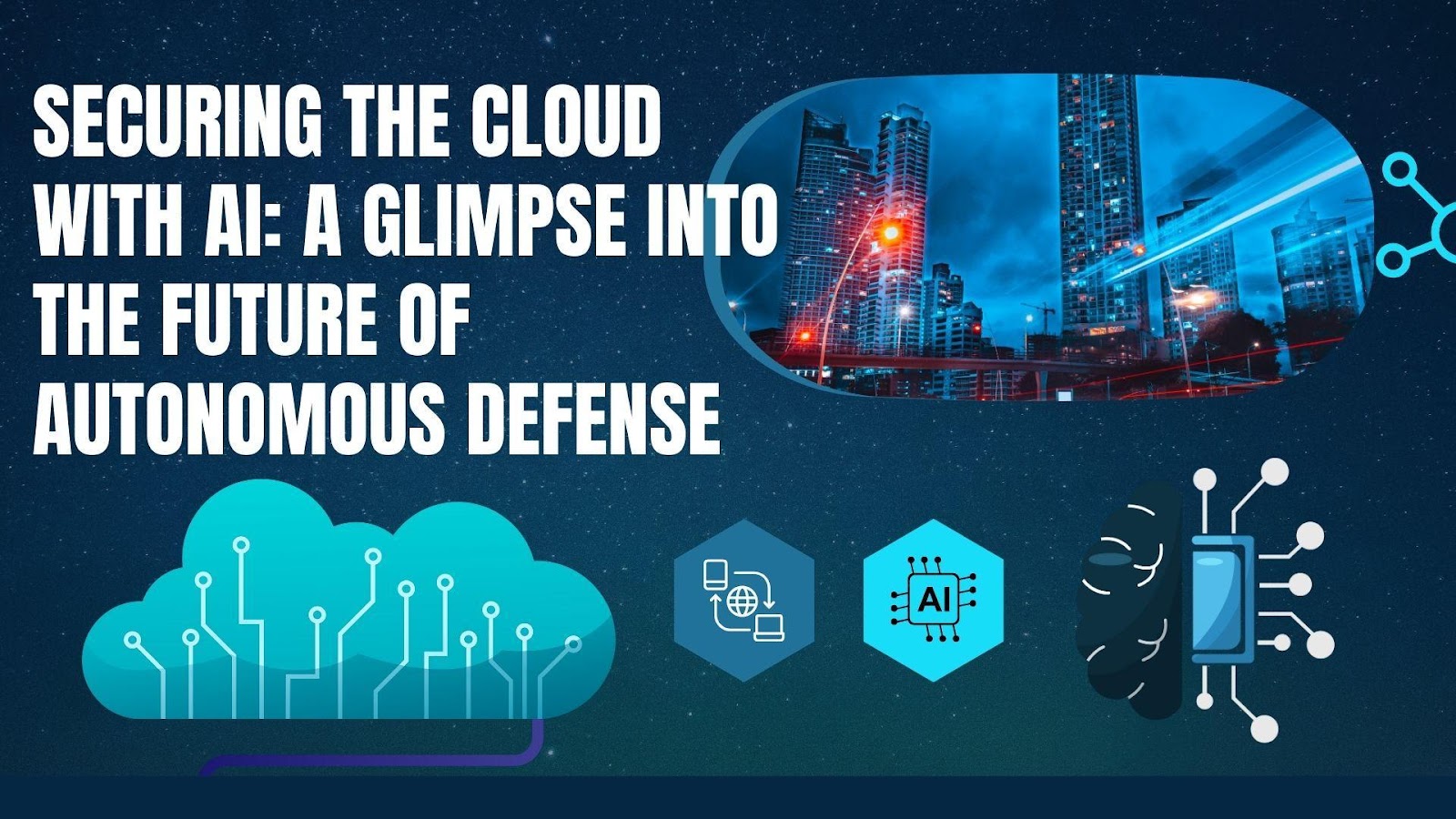The cloud has become an integral part of the digital world, offering scalable solutions that are essential for modern businesses. However, this vast, interconnected landscape has introduced a new set of security challenges. In response, artificial intelligence (AI) is evolving as a transformative tool for defending against increasingly sophisticated cyber threats. Authored by Pradeep Kurra, with insights into the rapid developments in cloud security, this article highlights how AI is shaping the future of autonomous threat defense and what organizations need to know about the emerging technologies.
The Growing Need for Intelligent Security Solutions
Cloud environments provide unprecedented scalability, but with this growth comes an expanded attack surface, creating more complex security challenges. Traditional security systems, which rely on static rules and perimeter defenses, are no longer sufficient in defending against modern, dynamic cyber threats. According to recent studies, cloud breaches have surged, and the average cost of a data breach continues to climb, underscoring the urgent need for more adaptive security mechanisms. To address these challenges, AI-powered security systems are emerging as the solution to enhance detection, prevent attacks, and reduce response times dramatically.
The Evolution of AI in Cloud Security
The integration of AI in cloud security has evolved across three phases. Initially focused on anomaly detection, AI systems employed supervised learning to spot deviations from baselines—improving upon signature-based methods despite high false positives. Today, companies like Darktrace leverage autonomous security systems that can detect, analyze, and respond to threats in real-time without human intervention.
Autonomous Threat Defense: The Next Frontier
Autonomous threat defense is the next big step in cloud security, where AI systems not only detect threats but also take immediate action without human intervention. This leap forward has introduced mechanisms such as self-healing infrastructure, which can automatically isolate compromised resources, and adaptive policy enforcement, which adjusts security policies in real-time based on evolving threats.One of the most promising aspects of autonomous defense is adversarial learning. By simulating attacks on their own systems, AI models can discover vulnerabilities before malicious actors do, making them a crucial part of proactive defense strategies.
Overcoming Challenges in Autonomous Security
While AI-driven security offers powerful protection, technical hurdles remain. The explainability gap prevents security teams from understanding AI decision-making, undermining trust and challenging regulatory compliance. Additionally, AI systems themselves face vulnerability to adversarial attacks—deliberate manipulations that trick models into misclassifying threats and potentially allowing security breaches. Developers continue focusing on strengthening these systems against such deception. The tension between AI’s effectiveness and its inherent vulnerabilities creates a complex security landscape where transparency and resilience must be balanced for optimal protection.
Ethical and Governance Considerations
The increasing autonomy in cloud security does indeed raise important ethical and governance considerations. As you’ve highlighted, accountability becomes more complex when AI systems make critical decisions with minimal human oversight.Darktrace is a real-world company that applies autonomous cloud security. Their Enterprise Immune System uses AI to create a “self-learning” security framework that automatically detects and responds to threats across cloud environments. Their Antigena product acts as an “autonomous response” system that can take independent actions to neutralize emerging threats in real-time. Darktrace’s approach mimics the human immune system, allowing their security solutions to adapt to evolving threats without constant human intervention while providing visibility into automated decision-making processes.
In conclusion,as cloud environments continue to evolve, AI will play an increasingly central role in defending against cyber threats. From anomaly detection to cognitive security systems, the capabilities of AI in cloud security are expanding rapidly, offering faster response times, more accurate threat detection, and more proactive defenses.However, the full potential of these systems can only be realized if technical, ethical, and governance challenges are addressed. As Pradeep Kurra points out, while autonomous defense mechanisms like self-healing infrastructure and adversarial learning offer promising solutions, the development of responsible, transparent, and explainable AI security systems will be essential for their widespread adoption. The future of cloud security lies in balancing the power of AI with appropriate human oversight, ensuring both innovation and accountability in protecting digital assets.




























